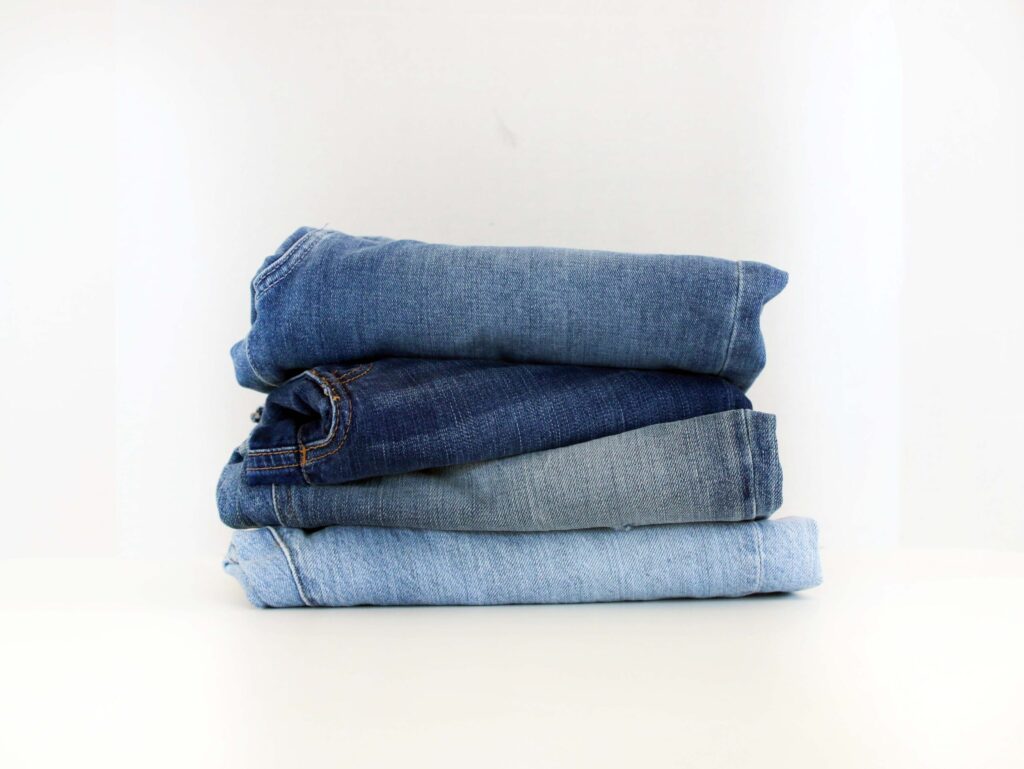Sustainable apparel and luxury have received growing attention as more research about the harmful environmental effects of the industry’s sourcing, manufacturing and shipping practices surface. To combat these effects, some brands are embracing circular economy strategies. In general, a circular economy prolongs an item’s lifespan through repair, resale and recycling.
Does a Circular Economy Matter?
Based on its current trajectory, the clothing industry’s global emissions are predicted to grow by 50% by 2030 — a rate that is completely unsustainable for the future of our planet. Every year, the industry, especially fast fashion, produces 92 million tonnes of textile waste, 3% of global CO2 emissions, and 20% of global waste pollution, contributing to the rapid deterioration of our planet.
What is the impact of these activities? After its long reign, fast fashion is on its way out. Climate change, consumer demand and government initiatives are all shedding light on the troubling effects of fashion waste, and they are pushing for the circular economy to take its place.
In 2022, circular economy revenue totaled US$338.88 billion, but that number is projected to reach US$712.74 billion by 2026. Clearly, it is time for apparel companies to start changing the way they manufacture, source and market their products, making moves to recycle, reduce and reuse.
Here are five things clothing brands with consumer DTC ecommerce channels should know about the circular economy, including how it can increase brand loyalty, improve the customer experience and reduce the environmental impact.
1. Secondhand Sales Keep Rising
Even in an economic downturn — perhaps especially in an economic downturn — secondhand apparel sales are on a steady incline. In 2022, one in three apparel items purchased in the U.S. were secondhand, and 75% of consumers have shopped for or are open to shopping for secondhand clothing.
Those statistics are even more promising with Gen Z. A reported 83% of the age group has shopped for and is open to shopping for secondhand clothing. And since younger generations are quick to embrace ecommerce, it is no surprise that online resale is the fastest-growing sector of the secondhand market, with sales expected to reach US$38 billion by 2028 in the United States alone.
In fact, the secondhand clothing market is growing faster than any other channel in the U.S., beating out DTC, value chains, fast fashion, department stores and more.
2. Third-Party Management Is Critical to Resale Success
Resale is a key driver of revenue and long-term growth for consumer brands, with more than 80% of resale retailers expecting positive ROI from their investment. But if the channel is not approached strategically, launching and scaling resale can lead to growing pains.
It’s no surprise, then, that the most successful online resale shops have quickly learned that third-party management is critical to scaling. Case in point: nine of the top 10 resale shops have adopted a managed service model, including brands like Athleta, Merrell and J.Crew. Even retailers and brands with ecommerce DTC sales channels without a resale program understand the benefits of a third-party service provider, with almost 50% saying the model is critical to success in resale scaling.
Third-party providers help brands streamline processes and expedite growth by managing any aspect of the resale process, from website hosting and launch to merchandising, payments, fulfilment and customer service.
3. Global Governments Are Stepping in to Support the Circular Economy
Younger generations across the globe have expressed a clear demand for a circular economy, but European Gen Zers are leading the pack. McKinsey research found that 40% of European consumers believe sustainability is “highly important.” And 50% of consumers in Western Europe have bought preowned items.
Consequently, European governments are stepping in to support these values. In 2022, the Danish Ministry of Environment partnered with ten clothing and textile companies to start a new eco-friendly initiative.
As part of the agreement, clothing from participating organisations must be made from at least 40% recycled material by 2030. The initiative aims to minimise the culture of fast fashion and make a turn towards quality materials that are built to last.
4. Textile Manufacturers Are Going Green
A growing number of consumers show they are willing to pay more for sustainable, ethically made products. And textile manufacturers are racing to adapt. As such, government legislation and industry practices are trending toward eco-friendly, sustainable initiatives.
In India, textile manufacturers are required to have zero-discharge plants by 2030. Manufacturers in the Indian state of Tamil Nadu are leading the trend. There, most manufacturers have already adopted 100% green energy, zero liquid-discharge processing and 100% PET-recycled textiles.
In Sweden, textile recycling company Renewcell is revolutionising the industry by scaling the recycling of pulp for viscose production. Textiles made with recycled pulp will emit five times less carbon per tonne and use 90% less water than those made using traditional methods.
Likewise, denim manufacturers around the world are adopting green practices to support the circular economy. Many of the world’s top denim brands have joined The Jeans Redesign initiative outlined by the Ellen MacArthur Foundation. The initiative switches out metal rivets, zippers, buttons and more to create a more biodegradable product.
5. Clothing Repairs Are on the Rise
According to the Ellen MacArthur Foundation, repairs have the potential to increase an item’s use by 75% and reduce its carbon emissions by 30%. So, in an effort to combat the negative effects of fast fashion, many brands are promoting product repairs over replacements.
Denim brand Nudie offers a lifetime repair service on every pair of jeans sold. That allows customers to visit a Nudie Jeans Repair Spot or Repair Partner for patching and sewing, or get a free repair kit in the mail.
Local menders are seeing an uptick in business, too. Clothing repair companies like The Seam have reported a 20% month-on-month increase in customers since December 2021. That has facilitated more than 10,000 repairs with local menders over the course of a year.
The British department store Selfridges also jumped on the trend, fixing 11,150 pairs of shoes from 2021 to 2022. The Swedish government even went so far as to decrease VAT for repair expenses. The move incentivises more of its citizens to reuse — rather than toss — worn-out clothing.
Build a More Sustainable Brand with ESW
For brands in the fashion industry looking to beat the competition, it is time to embrace the circular economy. It supports a healthier planet, aligns with customer values and can drive revenue.
If your brand is ready to get involved in the circular economy and improve sustainability efforts, let ESW help. As a key partner for the world’s top apparel companies, we help brands reduce their carbon footprint, launch resale websites, offset 100% of delivery emissions and more.
Get in touch today to learn how ESW can take your brand into the future of sustainability.





